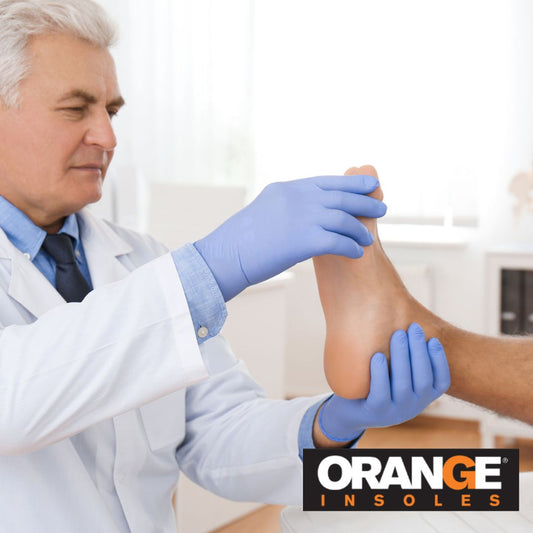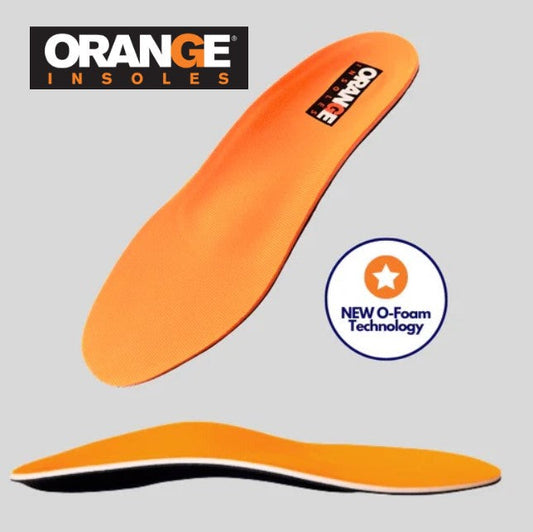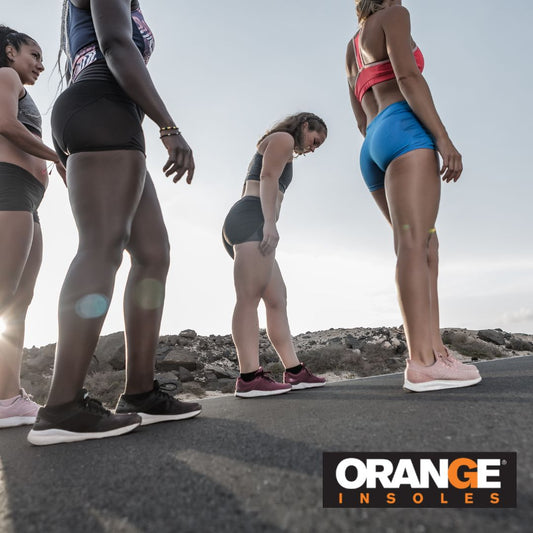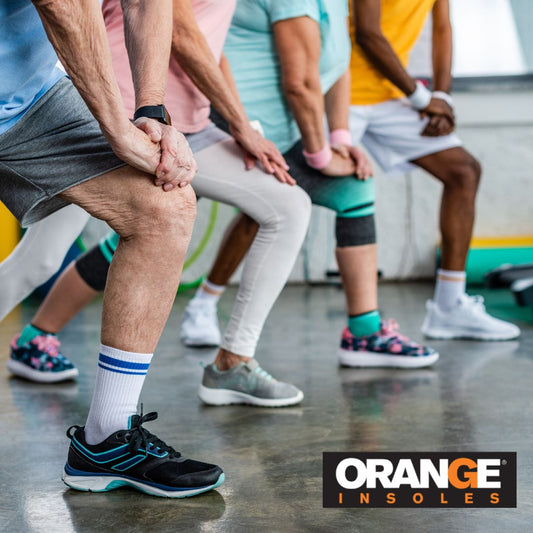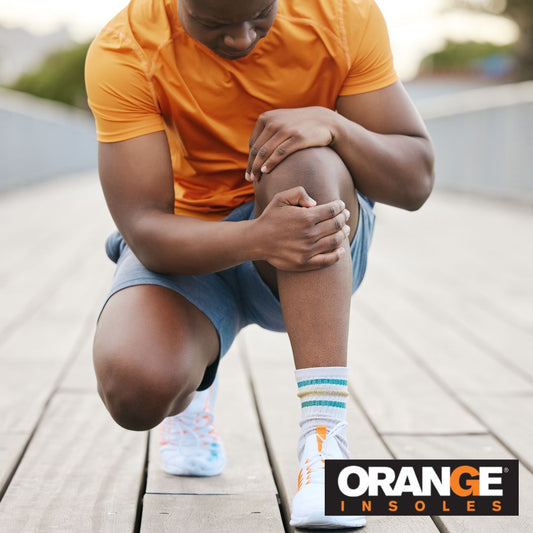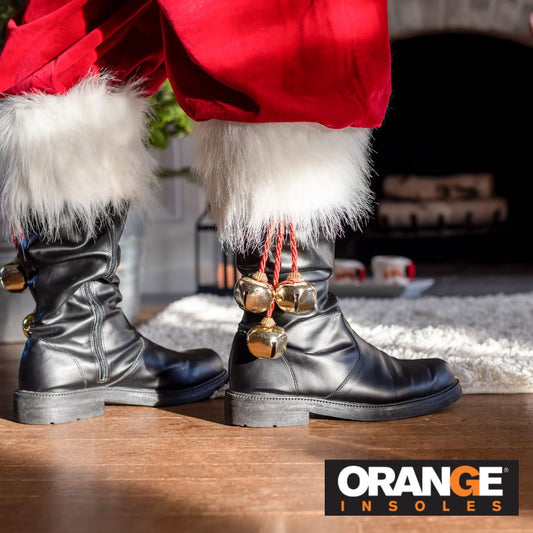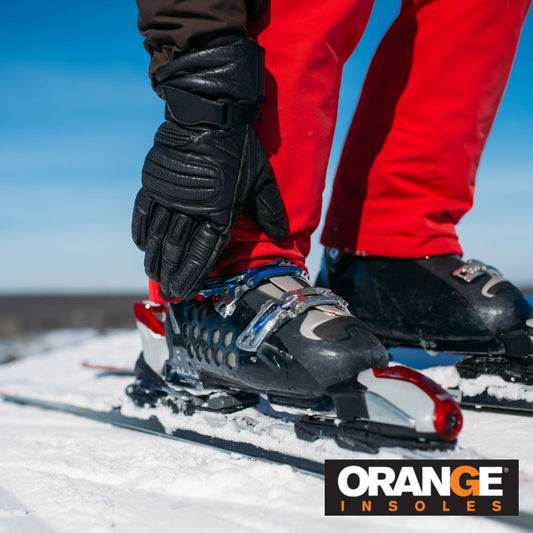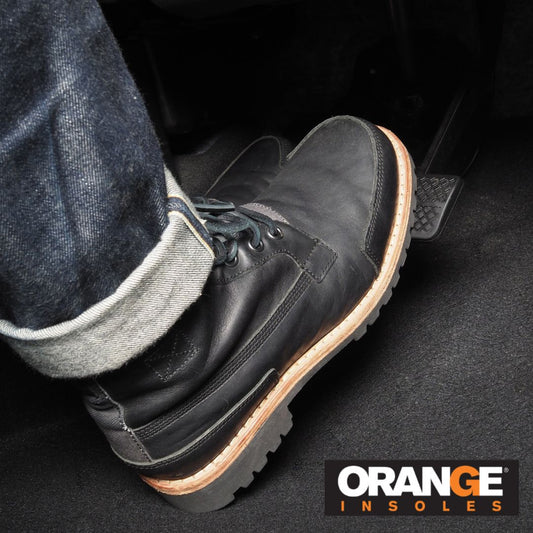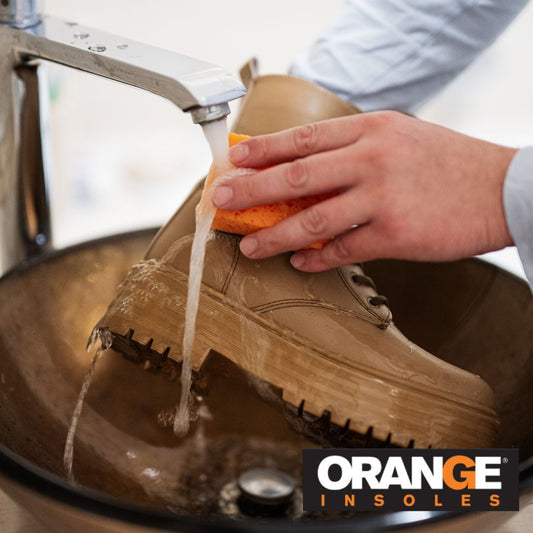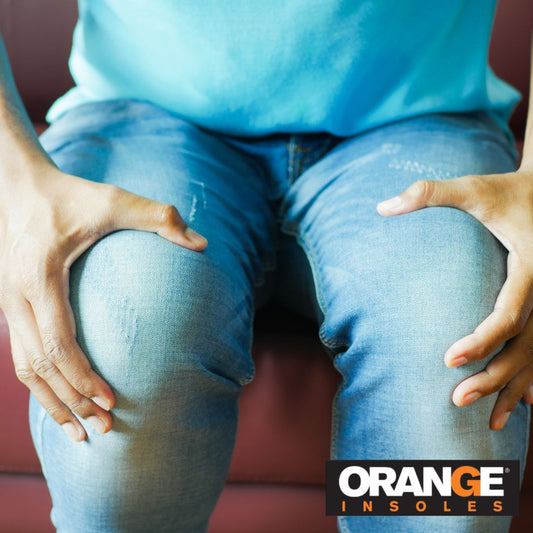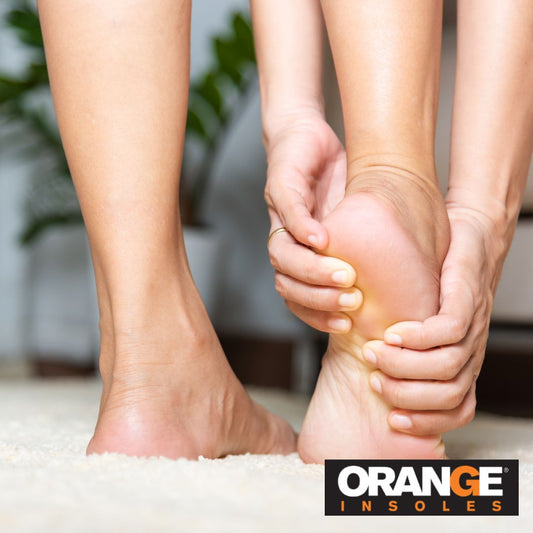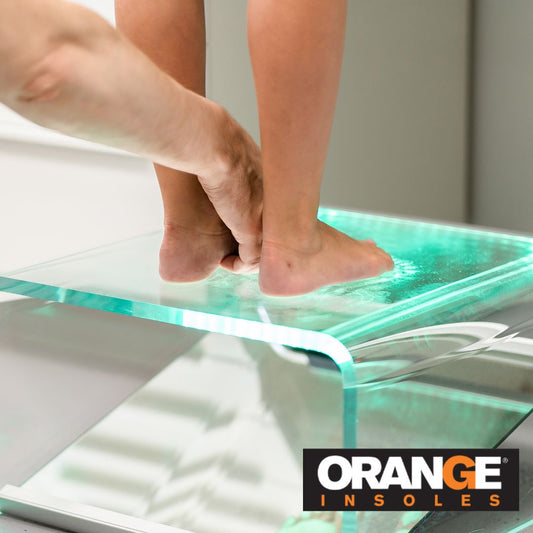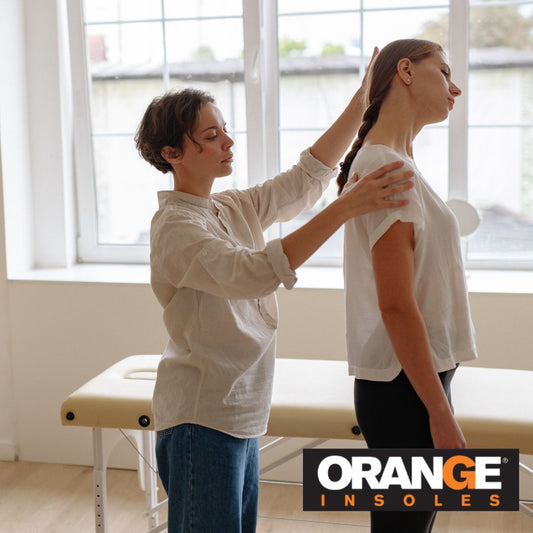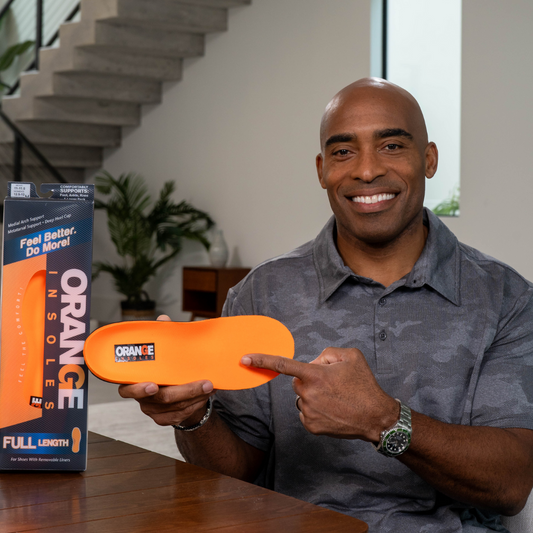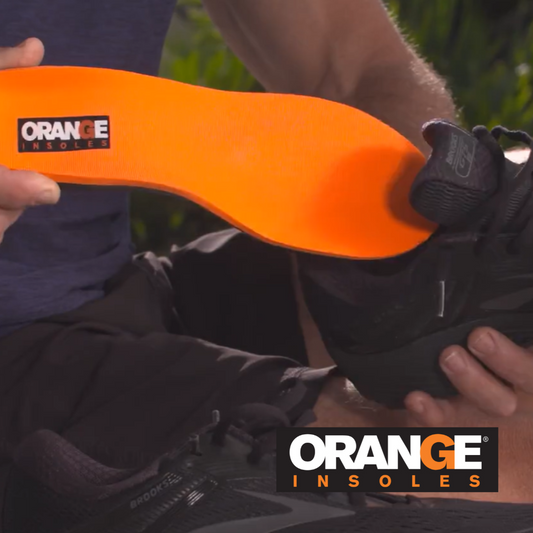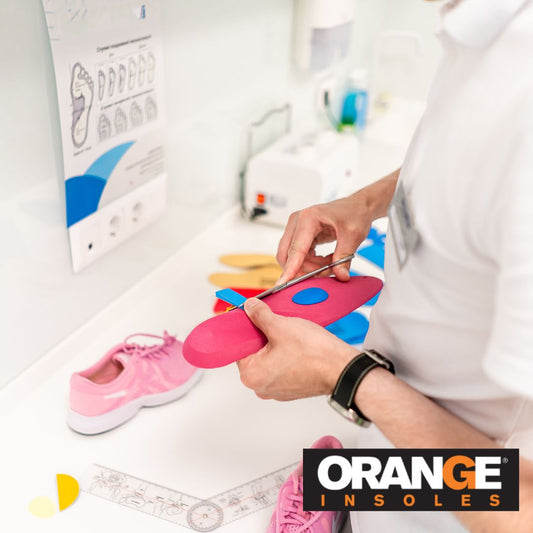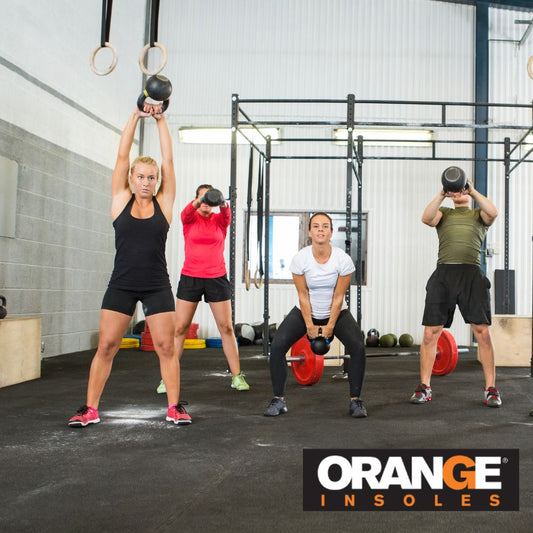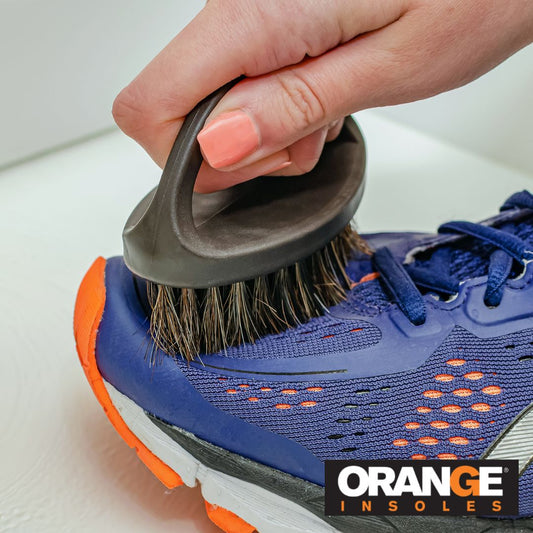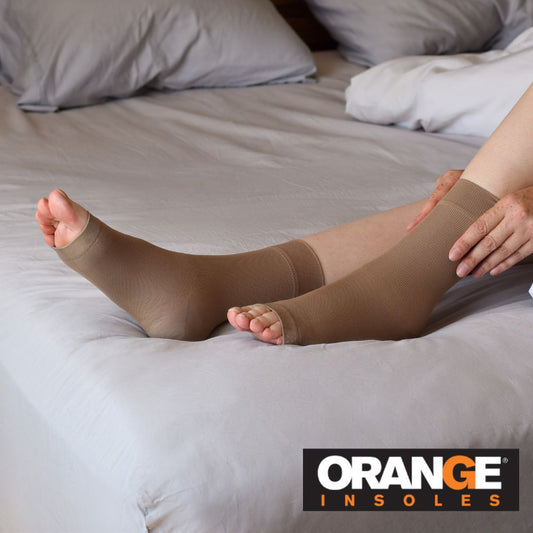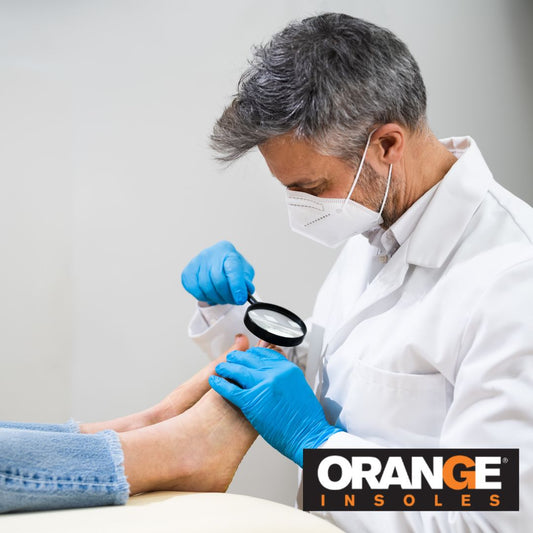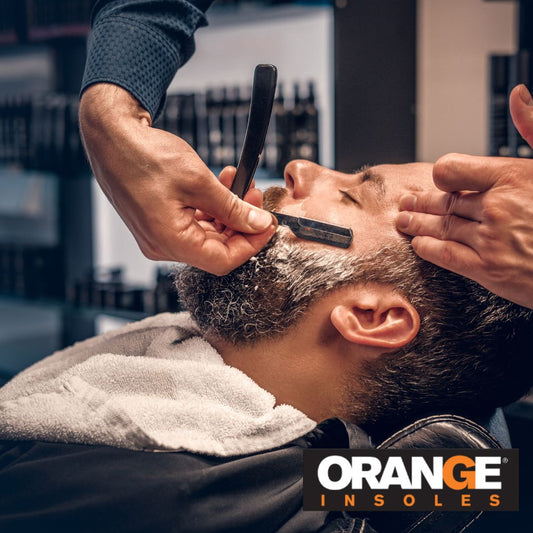Do you know how to walk?
Chances are, you find this question offensive. Of course you know how to walk. You learned how when you were a baby. You can put one foot in front of the other like a champ.
So let’s rephrase it: Do you know the right way to walk?
Yes, There Is A Right Way To Walk
You hear a lot about running form and selecting the best running shoes to avoid pain. Running means a lot more pounding down on pavement, and more ground impact. So it seems natural to pay attention to running form. After all, you want to protect your body and make sure you don’t cause any injury by running incorrectly.
But, whether or not you think about it, walkers are going through much the same issues as runners. While the impact is somewhat less drastic than that of runners, it doesn’t mean that it’s inconsequential.
Think about it: how often do you run?
Now, how often do you walk?
While considering the right way to walk might seem like something to scoff at, it can really make a difference when you consider all the steps that you will take over the course of your lifetime.
This is why we say, to avoid fatigue, pain, and injury, it’s important to use proper walking form.
Good Walking Form
There are three steps to ensuring a proper, healthy walking form.
Step #1: Mind Your Posture
Before and while walking, make sure that you are holding yourself in a good posture. Keep yourself set straight, so that you are nice and tall.
Make sure that you aren’t slumped over. You don’t want to be bent at the neck, shoulders, or waist. Keeping yourself slumped inaccurately distributes weight in your body and puts yourself at further risk of injury of fatigue.
Here’s a tip: to reset your posture when getting ready for a run or walk, pull your hands above your head. It will straighten your body. Hold that pose, drop your hands, and you have your optimal posture!
Step #2: Use Forward Momentum
As you move forward to walk, lean forward slightly. The idea is that, by leaning the correct way, gravity will help keep you moving forward. Your weight will be shifted where it should be, and you won’t need to overcorrect your gait.
Make sure that you don’t bend at the waist. You’ll want to use your ankles to keep your alignment completely straight while taking advantage of gravity to keep you moving.
Step #3: Don’t Over-Stride
Many walking problems arise from a common issue: taking strides that are too long.
If you over-extend your stride, your knee locks up mid-stride. This has the effect of slamming your heel down to the ground, instead of allowing for a more natural impact.
That jerky lock-slam effect acts as a braking mechanism. It slows you down. It jarrs the body, which increases your chance of injury.
Make sure that you are walking with strides that are the appropriate length for your height, and that you are able to land softly on your heel.
What Do I Do With My Hands?
It’s a common question, how does arm movement come into play when you’re working out a proper walking form?
First off: draw a line straight down the center of your body. (Well, we recommend imagining a line going straight through your body. If you literally draw a line, make sure not to use a permanent marker.)
Now, let your arms move naturally forward and backwards with your stride… and do not let your hands cross that line.
Your arms and hands won’t move straight forward and back like a robot, and that’s a good thing: there will be a natural bit of motion there. But if your hands are crossing over into the opposite hemisphere of your body, it’s a sign that you are twisting your back as you move.
Any time there’s excessive twisting in your body, it’s generating torque. Torque is a twisting force that can be displaced in various places in the body, causing injury and pain in places like backs, hips, and knees. So don’t let your hands sabotage your good form!
Good Alignment Helps Good Form
Good form is about keeping yourself aligned well and your weight correctly distributed while you move.
Making sure that your feet are in proper alignment can help. Make sure that your foot type doesn’t tend to overpronate, (roll in,) or supenate, (roll out) in your walking gait.
Depending on your gait, and the type of shoe you walk in, you may need extra medial arch support to keep you in alignment. Or maybe a heel cup and a metatarsal pad to help with correct weight distribution.
Orange Insoles provides additional comfort and support for any size running or walking shoe. Check out our inventory to find your size today!










